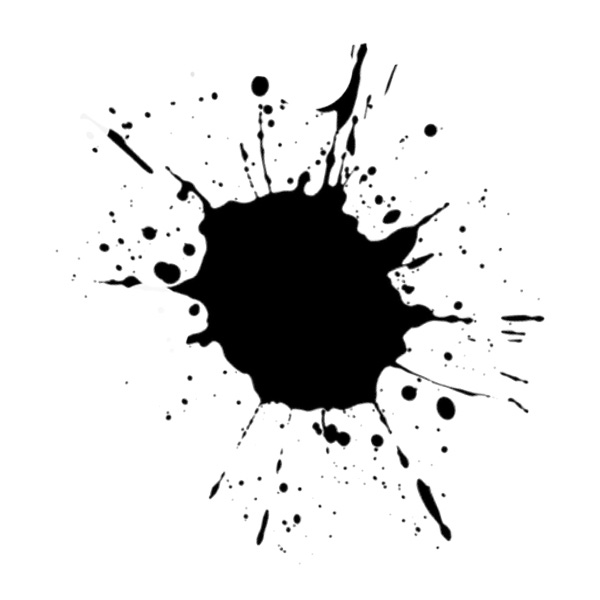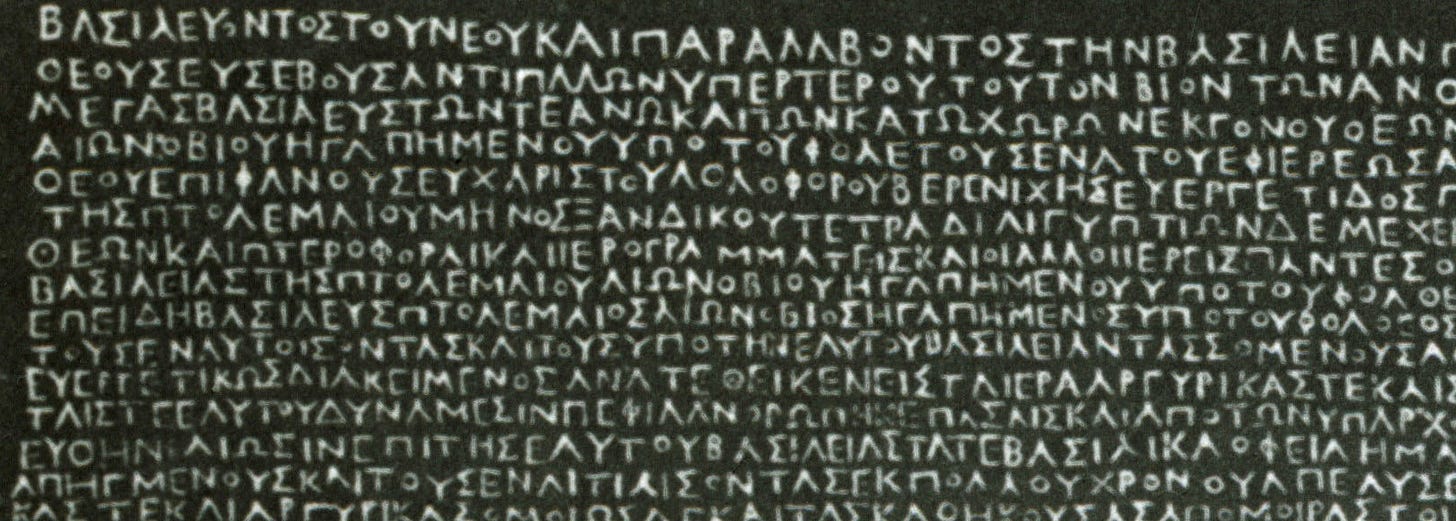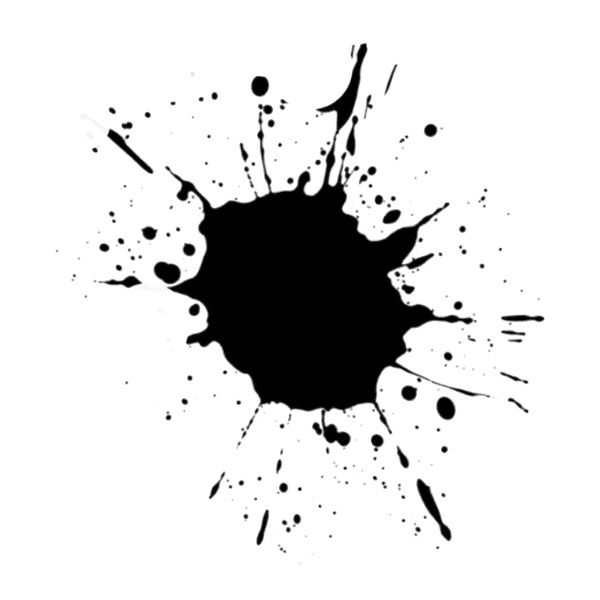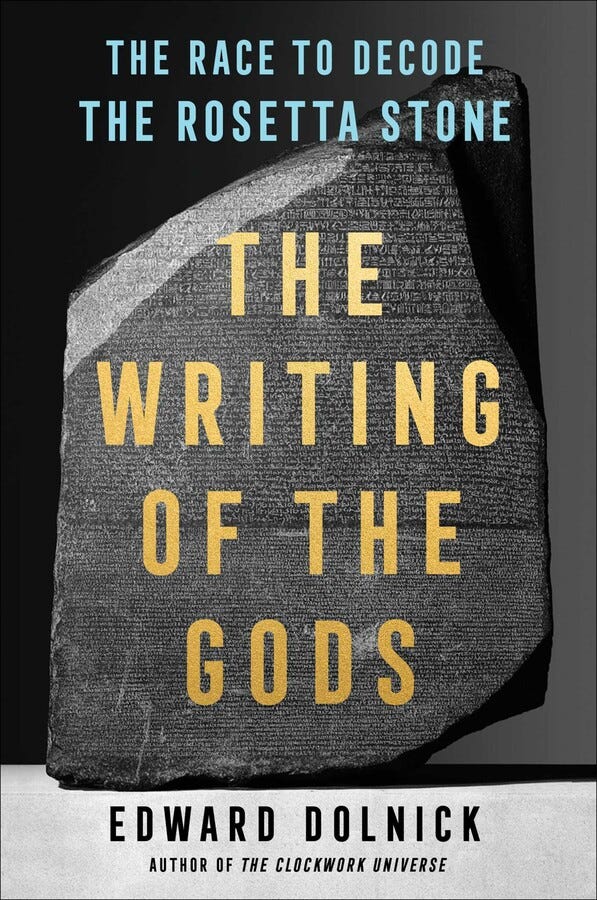Edward Dolnick is a veteran science writer, the author of several acclaimed works of nonfiction, and one of my favorite storytellers. He is that rarest of human beings today: a person who never runs out of questions. Today I am thrilled to offer you this essay drawn from his latest book, “The Writing of the Gods: The Race to Decode the Rosetta Stone.”
The find
By Edward Dolnick
Imagine an archaeologist, thousands of years from now, whose trowel clangs against something solid and hard, hidden in the dirt. In this distant age, no one knows for sure whether there once was a United States or if the name only referred to a legendary place, like Atlantis. No one speaks English. A few scraps of writing in English have survived. No one can read them.
The stone beneath the trowel looks smooth along part of its length, but a glance reveals that it is only a broken fragment of what might once have been a large block. Still, the smoothness is enough to set the pulse racing; nature seldom works so tidily. A closer look holds still more promise. Those lines and curves gouged into the stone — could they be some sort of inscription?
Over weeks and months, teams of researchers painstakingly trace the carved and eroded marks. They will ponder them endlessly, trying to guess a meaning in the mysterious symbols. Some are too damaged or worn to make out, and others are missing altogether.
OUR SC E AN SEV
Some scholars believe the message should be read the other way around:
VES NA E CS RUO
How would the sleuths proceed? Not knowing English, not knowing American history, would they ever manage to see that once a stone temple had proclaimed a message that began, “Four score and seven years ago”?
No one ever set out to find the Rosetta Stone. No one knew there was such a thing, though travelers and scholars had long dreamed there might be. The stone had lain unnoticed for nearly two thousand years. It might well have stayed lost forever.
It turned up in a pile of rubble in a prosperous but out-of-the-way Egyptian town called Rashid, on a sweltering July day in 1799. France had invaded Egypt the year before. At the head of the French army was a young general, Napoleon Bonaparte, just rising to fame. Soon he would be known around the world, his name invoked with awe or whispered in horror. (In England, small children were warned that if they did not go quietly to sleep, “Boney” would snatch them from their beds and devour them.)
A team of French soldiers had been assigned to rebuild a broken-down fort in Rashid, in the Nile delta. (The French called the town Rosetta.) The fortress had once stood squat but imposing, a square eighty yards on a side with turrets, and a tower at its center. But it had been neglected for centuries, and by the time the French arrived it urgently needed repair. “I expect to be attacked at any time,” the local commander wrote Napoleon, and he set his men urgently to work, converting this wreck into a proper fort with barracks and sturdy walls. Just who spotted the Rosetta Stone will never be known. The true discoverer was quite likely an Egyptian laborer, but if so no one recorded his name. The man credited with the discovery was Lieutenant Pierre-François Bouchard, the officer in charge of the rebuilding work. Someone drew Bouchard’s attention to a large, broken stone slab sitting in a heap of similar stones.
Beneath the dust and dirt on the stone’s dark surface, you could just make out some strange marks. Could this be something?
Bouchard, who was a scientist as well as a soldier, saw at once that one side of the heavy stone was covered with inscriptions. Line after line of carved symbols ran the stone’s full width. That was surprising, but what set the heart pounding was this: the inscriptions were of three different sorts.
At the top of the stone were fourteen lines of hieroglyphs, drawings of circles and stars and lions and kneeling men. That section was incomplete. At some point in the past, the top of the stone and pieces on both the top right and left had been lost, and with them many lines of hieroglyphs had disappeared.
Several lines of Rosetta Stone hieroglyphs, in close-up.
In the stone’s middle section was a longer section of simple curves and curlicues, thirty-two lines altogether. These looked like letters from some unknown script or perhaps symbols from a code, certainly not like the pictures in the hieroglyphic section. But if these slashes and dashes were a script, they were unrecognizable; if they were merely ornamental, they looked oddly systematic and purposeful.
A section of the mysterious middle inscription, in close-up. No one recognized the script or knew what language it represented.
The third set of marks, below the other two, posed no such riddles. This was Greek, fifty-three lines of it (with a bit broken off at the bottom right), and instantly recognizable. It was not quite easy to read, because it was written more like a legal document than an everyday note, but it was easy enough.
Lines from the Greek, which scholars could read, in close-up.
The stone itself measured four feet by three feet and weighed three-quarters of a ton. Its jagged top showed that it was a fragment of a larger original. In Egypt, where trees are scarce, important buildings had always been made of stone. Since ancient times, that had made for a kind of slow-motion recycling, with stone blocks from one building reused in another. Or sometimes many others, over the course of dozens of centuries. (Even the pyramids were plundered and their stones reused, which is why they are no longer smooth sided.)
That seemed to have happened here. The Rosetta Stone had originally been placed in a prominent spot in a temple, on a date that corresponded to 196 BC. So the Greek text declared. Several centuries later, with the temple that had housed it demolished, the Rosetta Stone presumably lay unnoticed in a pile of rubble.
Perhaps it sat there, untouched through the generations. Perhaps it was recycled into another building, or a sequence of other buildings. No one knows. In 1470 AD — by that time it had been a thousand years since anyone in the world could read hieroglyphs — an Arab ruler began building a fort not far from where the temple had once stood.
The building supplies for the sultan’s new fort included a heap of stones brought from who knows where. The laborers who wrestled the stones into place may have ignored the Rosetta Stone’s inscriptions. Possibly they never noticed them. In any event, they set the stone in position alongside countless others, an anonymous block in an anonymous wall in an anonymous fort. This was akin to using a Gutenberg Bible as a doorstop.
The Rosetta Stone, with three types of writing. Hieroglyphs are at the top, an unfamiliar script lies in the middle, and Greek is at the bottom. Scholars could read the Greek but had no idea what to make of the other two inscriptions.
The first guesses were that it might take two weeks to decipher the Rosetta Stone. As it turned out, it took twenty years. The first linguists and scholars who saw the inscriptions set to work eagerly, buoyed by the belief that a short burst of effort would bring them their prize. They quickly grew puzzled, then frustrated, and, in short order, despairing, leaving as their only legacy a warning to others that this was a riddle impossible to solve.
Two rival geniuses, one French and one English, did the most to crack the code. Both had been child prodigies, both had an uncanny flair for languages, but they were opposites in every other regard. The Englishman, Thomas Young, was one of the most versatile geniuses who ever lived. The Frenchman, Jean-François Champollion, was a creature of singular focus who cared about Egypt and only about Egypt. Young was cool and elegantly polite. Champollion brimmed over with indignation and impatience. Young sneered at ancient Egypt’s “superstitions” and “depravity.” Champollion marveled at the glories of the mightiest empire the ancient world had ever known.
Intellectual battles seldom have stakes this high. With their two nations perpetually at war, the Frenchman and the Englishman were out not only to outdo each other but to win glory for their homeland. For Egypt was the mystery of mysteries, and the first person to learn how to read its secrets would solve a riddle that had mocked the world for more than a thousand years.
No one who saw the Greek text on the Rosetta Stone could miss the point. If the three inscriptions represented one message written in three different ways — and why else would they be carved into the same stone? — then in one swoop the hieroglyphs might reveal their secrets. A palace vault with a key protruding from the lock could not have beckoned more invitingly.
Edward Dolnick is a science journalist and the author of several books of nonfiction, including, most recently, “The Writing of the Gods: The Race to Decode the Rosetta Stone,” from which this essay is adapted, with permission from Simon & Schuster.
Photos: SuperStock/Alamy Stock Photo (first three); Trustees of the British Museum (fourth)
This post was originally published on The.Ink.






